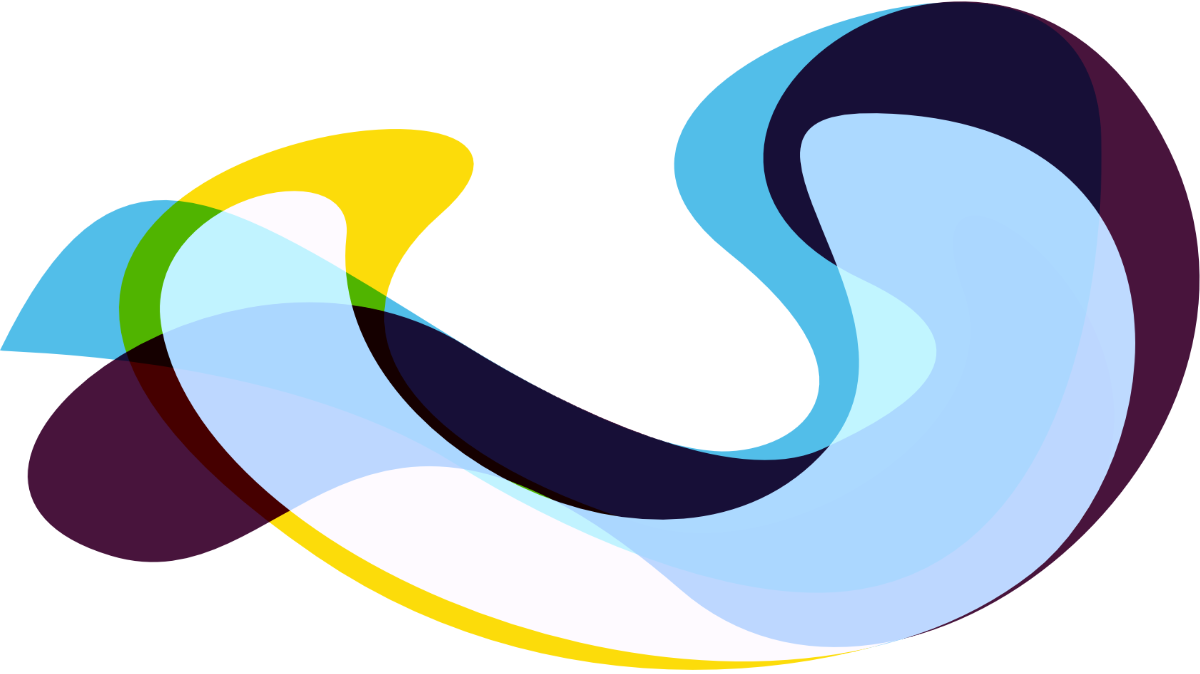Please describe your proposed solution.
While the other projects designed by RP aim to support the Rohingya refugee population and their survival in foreign lands following their expulsion from their home, the R-Archive directly responds to the erasure of the history and identity of the Rohingya. This is achieved by creating a decentralized digital heritage archive that preserves the legacy of the Rohingya, which is at risk of being forgotten. Documents ranging from personal articles (family photographs and letters) to legal documents (birth records, land and property deeds, civic service certificates, and especially identity documents, such as old passports and national ID cards) which prove Rohingya residence and participation will be archived. This would challenge the claims of a genocidal programme that hopes to rewrite Rohingya history. Hence, this endeavour aids the Rohingya population in 3 keyways:
Community Archive for the distributed Rohingya people
The documents would demonstrate the nature of life and the extent of civil participation of the Rohingya throughout history. Moreover, the archive would serve as a safe and reliable digital platform to store the documents, photographs, and the like that narrate the Rohingya's story across generations, which can subsequently be accessed from anywhere with ease. The continuation of the culture, identity, and experiences of the Rohingya across time and space would be enabled.
Heritage Archive for researchers
These documents would serve as crucial primary sources for those who seek to learn more about the plight of the Rohingya.
Evidence Archive for legal proceedings
The suffering of the Rohingya people throughout history and in the present can be recorded as digital documentary evidence in the archive, which bears the potential to be used to support legal claims about dispossession and human rights abuses should it meet the necessary evidentiary standards.
The R-Archive works by storing data in a permanent and securely encrypted decentralised storage network known as Arweave, a form of blockchain technology. This project is made possible through the collaboration of several partners. RP operates on the ground through the provision and training of field officers who engage in collecting, scanning, and indexing documents in Bangladesh, Saudi Arabia, and Malaysia. The Catalyst grant by the Roddenberry Foundation, coupled with the Arweave grant, which provided the technology, funded the pilot programme. Moreover, the German technology solutions provider, Datarella, was in charge of the technical design, project management, and development of the R-Archive.
The pilot program yielded 42 documents to be uploaded into the platform developed for the archive. These include old identity cards, passports, family listings, school certificates, and travel certificates which were officially issued by the Burmese government prior to the 1980s. These were supplemented with 25 audio and video testimonies by the owners of the documents who provided the context of the documents themselves such as the ease or struggles involved in attaining them. These documents were uploaded by the field officers from within the Rohingya communities in 3 locations: Bangladesh, Malaysia, and Saudi Arabia.
Please describe how your proposed solution will address the Challenge that you have submitted it in.
The pilot R-Archive operates through Arweave, a mechanism that acts as a decentralised storage system. Arweave prides itself in making information permanence sustainable by allowing users and developers to store information forever accurately. The ability to preserve critical information for the rest of time is functional when considering the context of the Rohingya. Within a population whose histories and stories are threatened to be lost forever under a genocidal project, the ability to store data that cannot be rewritten indefinitely makes Arweave an irreplaceable asset.
R-Archive operates through a web app, where encrypted and carefully indexed documents regarding the Rohingya can be uploaded to the “Blockweave”. The blockweave is a blockchain-inspired, open & permissionless data structure that enables extensive data storage while incurring minimal costs. Blockchain technology is typically not employed to store large amounts of data due to the sheer costs that would accrue. For instance, storing 1 MB on Ethereum would incur over hundreds of USD. However, the R-Archive uses the Arweave, where storing 1 MB would cost below USD one cent. Permanent storage with low costs is possible due to Blockweave’s data structure that only stores network nodes of arbitrary size. Within a growing weave size, miners likely only store a small fraction of it. But miners are motivated to replicate data sets frequently due to Arweave’s consensus algorithm, which increases the chances of mining the subsequent block and earning rewards if they store more data. Permanent storage is possible due to the interaction between a conservative estimate of the development of storage costs and AR (fees paid in $AR) transaction costs that go into an endowment value revealed to the miner.
Another benefit of Arweave for this project would be the non-custodial nature which enables the permanent storage of data in a decentralised manner. The Arweave network is also accessible via HTTP, compatible with existing web infrastructure. Moreover, it is crucial to note that the R-archive also acts as a pilot for using Arweave digital storage technology, bearing the capacity to benefit other archival systems and infrastructures should the pilot succeed. Hence, we can justify the use of Arweave in the R-Archive pilot project on several fronts. These include the low-cost permanent storage system and a clear chain of custody where every transaction is tied to the accounts that upload data.
What are the main risks that could prevent you from delivering the project successfully and please explain how you will mitigate each risk?
Despite the success in collecting a considerable number of records which map the history of the Rohingya population, the pilot revealed several difficulties within the project itself. The development of the pilot was limited by the restrictions on the ground due to the ongoing pandemic. For one, training of the field officers had to be done online, which made the training less effective, and officers had to be supported beyond the training phase and during the document collection process itself. The pandemic also made it harder to meet those with documents for collection and verification purposes. Furthermore, many were unwilling to share their identity or resources due to unfamiliarity with the project and the organisation. This is evident in the disjoint between the number of documents collected and the corresponding testimonies.

